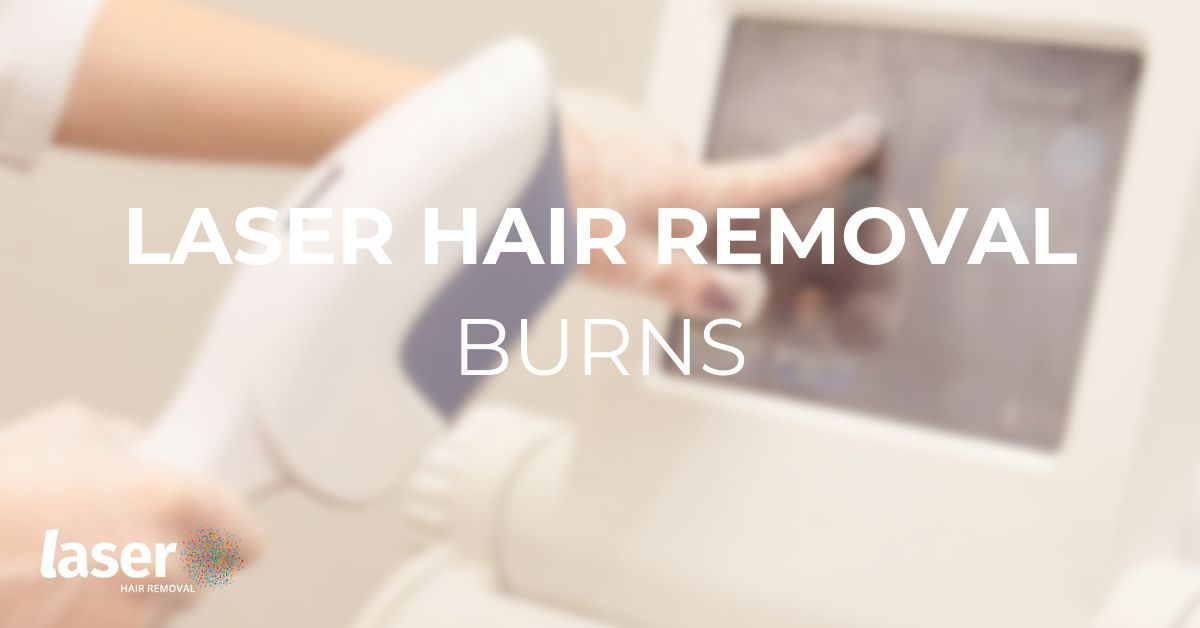Laser hair removal burns are a potential side effects of undergoing laser hair removal treatment. In this article you’ll learn more about laser hair removal burns, how to prevent burns and how to treat them.
Can laser hair removal burn skin?
Yes, laser hair removal can burn the skin if the device is not operated correctly or if the treatment settings are too high for the patient’s skin type. Factors such as skin color, hair color, laser type, and technician experience need to be appropriately considered to minimize the risk of burns.
Can laser hair removal cause first-degree burns?
Yes, laser hair removal can cause first-degree burns if the laser is too intense or the skin is not appropriately cooled. These burns typically present as redness and mild swelling, resembling a sunburn, and usually heal without permanent damage to the skin.
How to prevent laser hair removal burns?
To prevent laser hair removal burns, choose a qualified and experienced practitioner who uses appropriate equipment for your skin type and hair color. Ensure the laser settings are customized to your specific needs, follow pre- and post-treatment care instructions such as avoiding sun exposure, and communicate any discomfort during the procedure to allow for immediate adjustment of laser settings.
How to treat burn marks from laser hair removal?
To treat burn marks from laser hair removal, initially cool the area with a cold compress, then apply aloe vera gel or an antibiotic cream to soothe and prevent infection. Keeping the burned area moisturized and out of the sun can further aid in healing, and over-the-counter pain relief medication may be used if necessary. If signs of infection or severe skin damage appear, it is important to seek professional medical advice.
Is emergency burn gel safe to use after laser hair removal?
Emergency burn gel should not be used immediately after laser hair removal as it is designed for thermal burns and may contain ingredients that could irritate the treatment area. It’s better to use products recommended by the provider, such as aloe vera gel or a cortisone cream, to soothe the skin after the procedure.
Can you get laser hair removal with razor burn?
It’s advisable to wait until razor burn has completely healed before undergoing laser hair removal to avoid exacerbating the skin irritation. Laser treatment on irritated skin can increase the risk of side effects, such as burns, pigmentation changes, and further irritation.
Do laser hair removal burn marks go away?
Laser hair removal burn marks usually fade over time, but this can depend on the severity of the burn and individual skin healing processes. To aid recovery and prevent scarring, it’s important to follow aftercare instructions such as applying aloe vera or prescribed creams, avoiding sun exposure, and not picking at the affected area.
Can laser hair removal cause burn scars?
Yes, laser hair removal can cause burn scars if the treatment is not performed correctly or if the patient has a skin type that is particularly sensitive to laser. To minimize the risk of burn scars, it’s essential to consult a qualified professional who will use the appropriate laser settings and follow safety protocols tailored to the individual’s skin type and hair color.
Can laser hair removal cause burn spots on the mustache area?
Laser hair removal can cause burn spots on the mustache area if the treatment is not performed correctly. Factors such as high laser intensity, incorrect laser type, prolonged exposure, or an unskilled practitioner increase the risk of burns. It’s essential to undergo laser hair removal with a qualified technician who adjusts the laser settings appropriately for skin type and hair characteristics to minimize the risk of burns.

